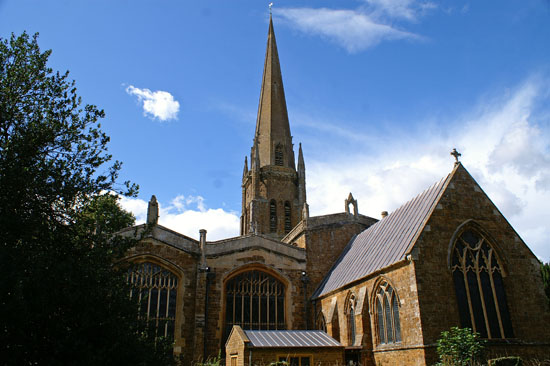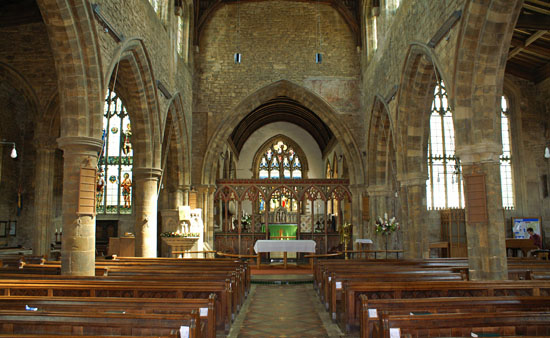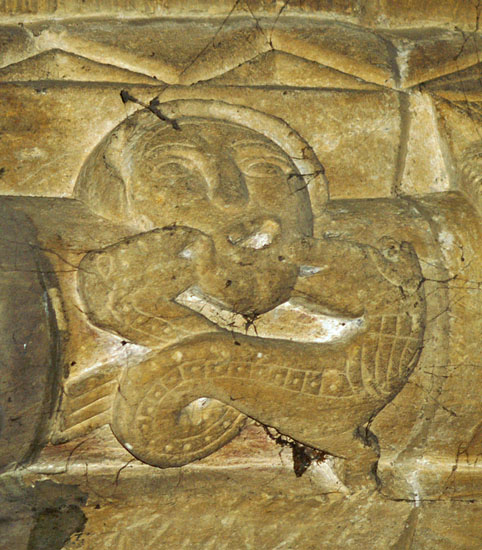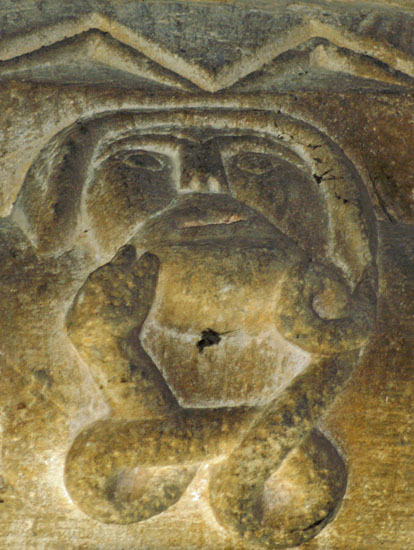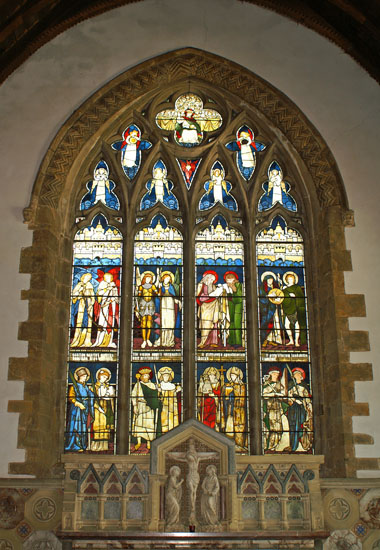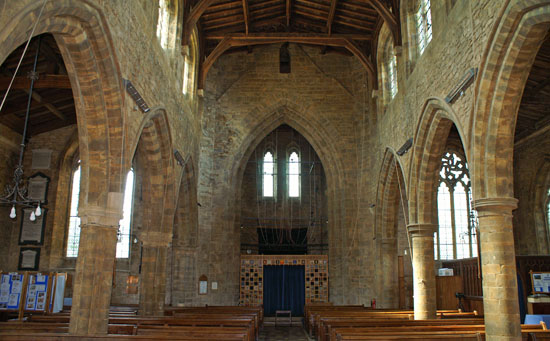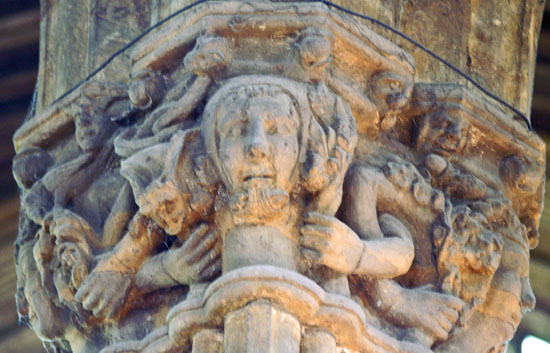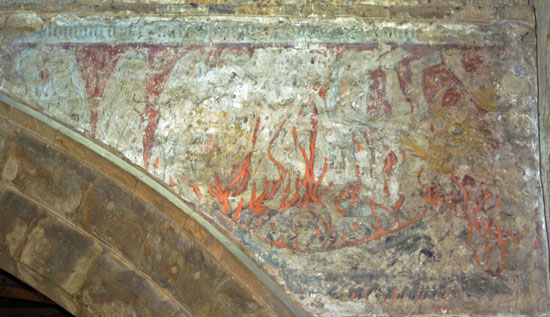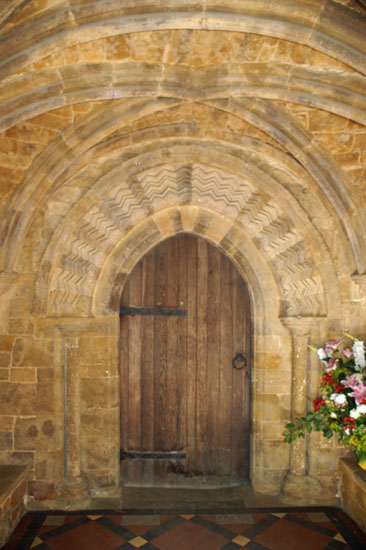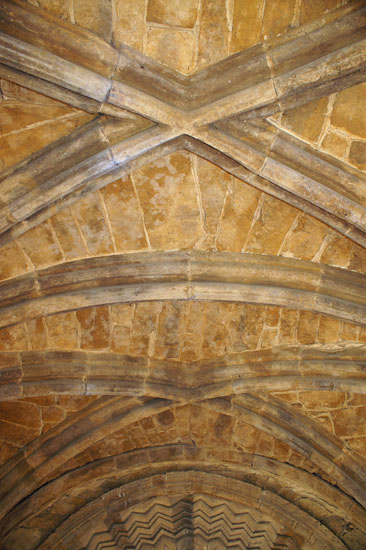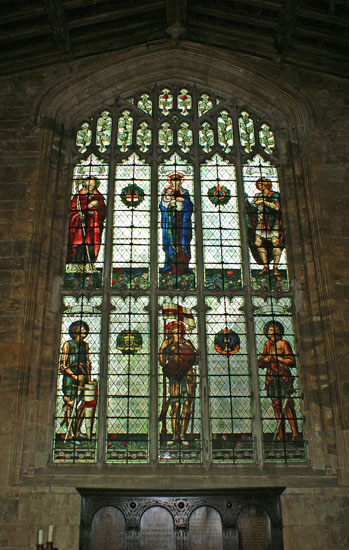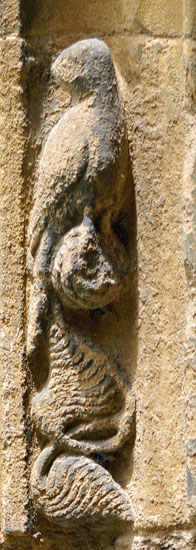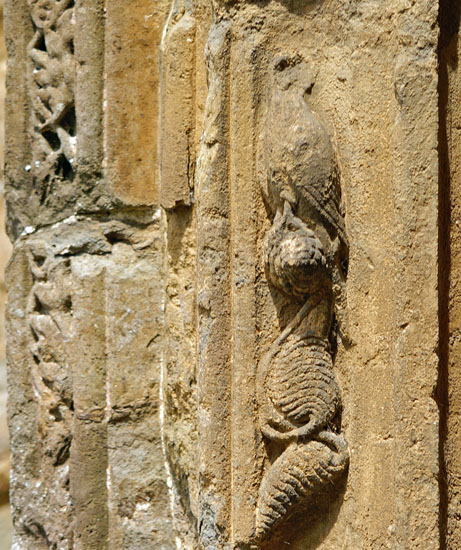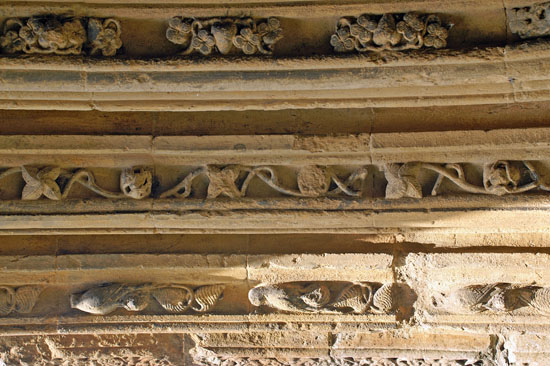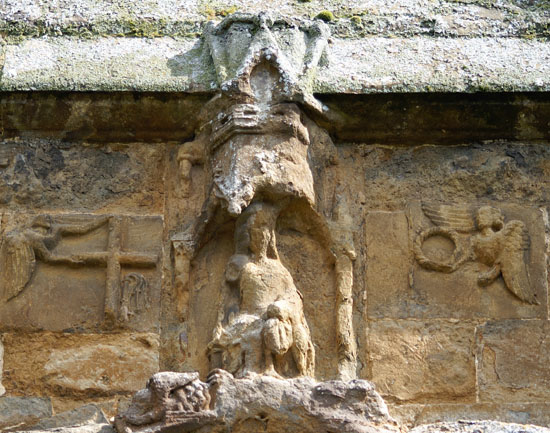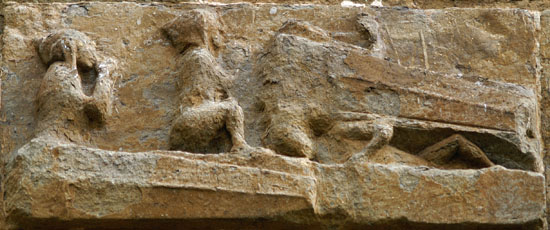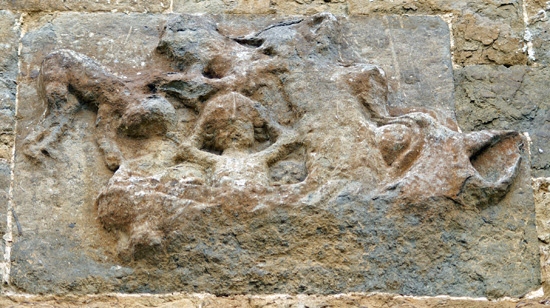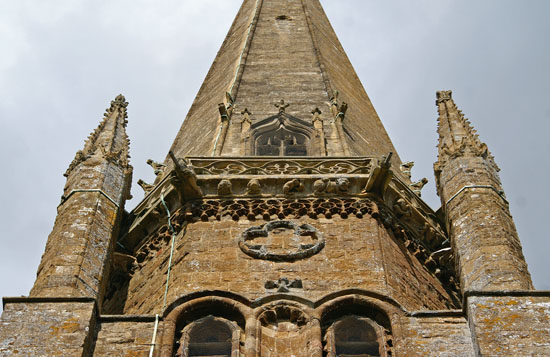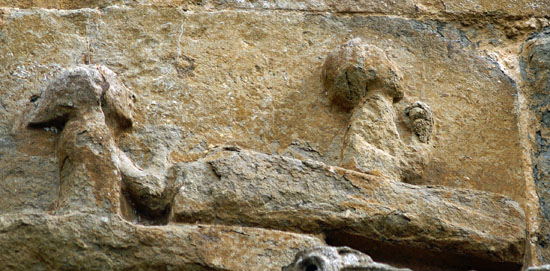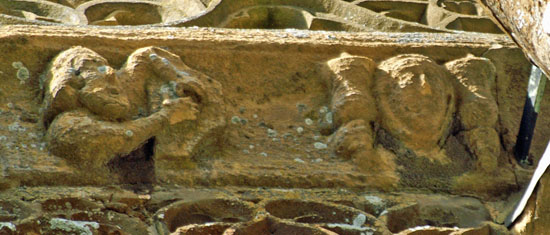|
Alphabetical List |
|
|
|
|
|
|
|
County List and Topics |
|
|
|
Please sign my Guestbook and leave feedback |
|
|
||||||||||||||||||||||
|
The oldest parts of today’s church are of the c 13 Early English period although, as we shall see, later c14 Decorated work incorporated decoration salvaged from earlier Norman work. The EE work is to all intents and purposes limited to the south porch. Chancel, tower, north transept and nave are mainly Decorated. To the south is the incongruously large Perpendicular Milcombe Chapel of the c15. This is such a “visual” church that further narrative would be pointless, so let’s to the photographs... |
|
|
||||||||||||||||||||||||||||||||||||||||||||||||||||||||||||||||||||||||||||||||
|
|
||||||||||||||||||||||||||||||||||
|
|
||||||||||||||||||||||||||||||||||||||||||||||||||||||||||||||||||||||||||||
|
At the east end of the north aisle there is a north transept, although in fact it is barely any wider than the aisle itself owing to the widening of the aisles in c14, Nevertheless two Decorated period arches separate aisle from transept. This richly-carved capital adorns the intervening column. The instantly recognisable image is (left) of St George whose popularity was boosted by returning soldiers from the First Crusade.. He holds a banner in his right hand and shield in his left. He is dressed in the style of a knight of Edward I’s era. The other faces of the capital are not readily recognisable. Each of the figures has his or her arms linked to those on either side. Note the naughty-looking creatures assailing the “lady” bottom right. Apologies for the substandard photographs.... |
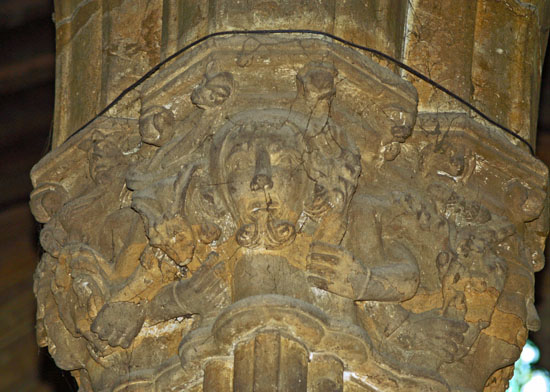 |
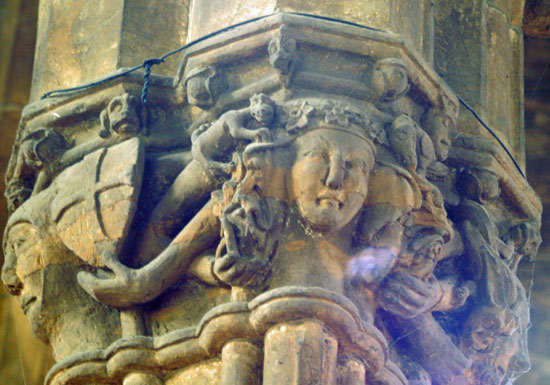 |
||
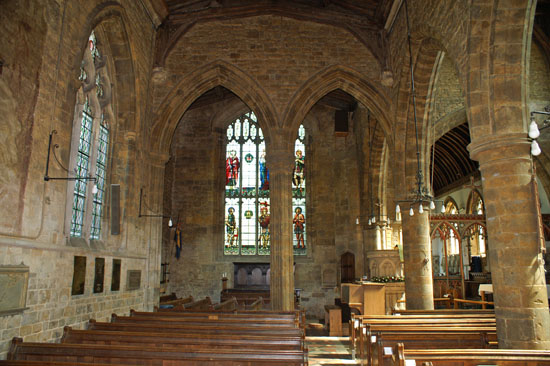 |
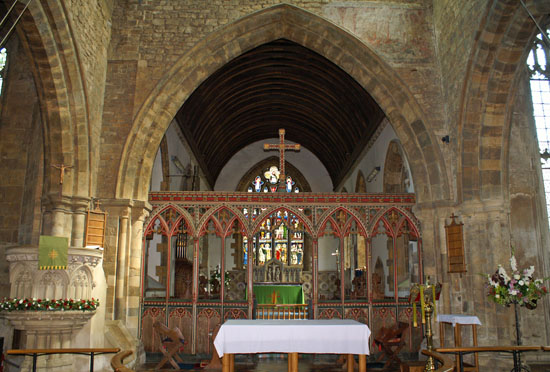 |
|
|
||||||||||||||||||||||||
|
|
 |
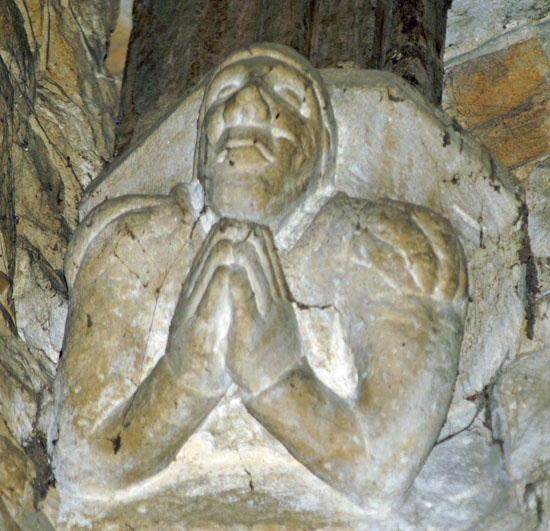 |
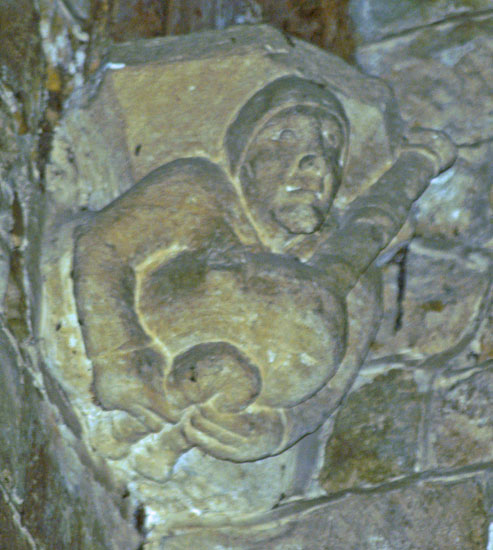 |
|||
|
The early Decorated period (about 1280-1377) saw a welcome revival of the church carving following the dignified restraint of the Early English period. The interior of Bloxham church contains a number of internal roof corbels. Left: A man with axe and a rather murderous-looking knife. Centre: A man at prayer. Right: A man playing a cornemuse (an early form of bagpipe - note the enormous pipe.) |
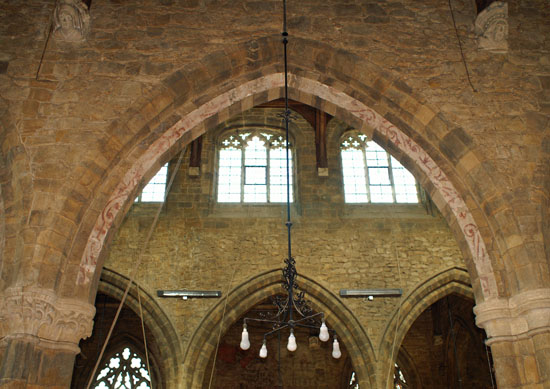 |
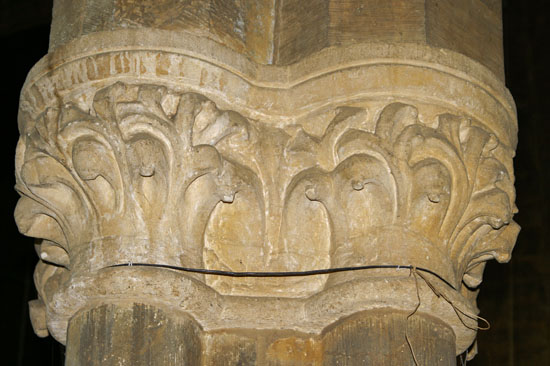 |
||
|
|
|
|
||||||||||||||||||||||||||||||||||||||||||||||||||||||||||||||||||||||||||||||
|
|
|
|
||||||||||||||||
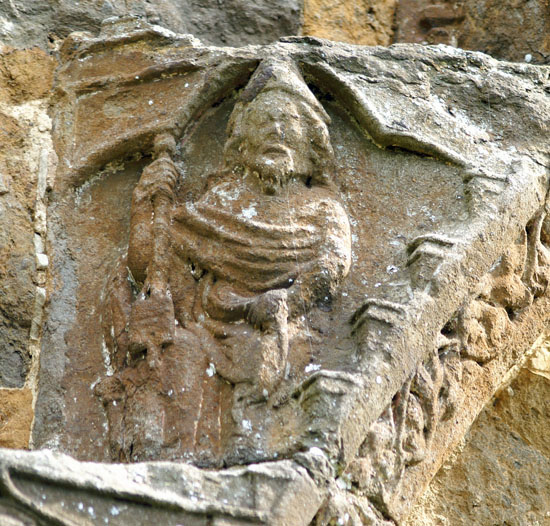 |
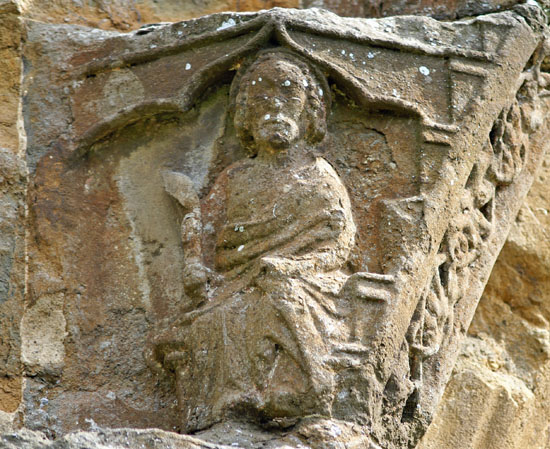 |
|
The apostle carvings appear in a kind of “stepped” configuration, and each surrounded by its own little niche. Each carries symbolic artefacts that would have allowed identification of the man in question, but I confess that I am always at a bit of a loss to tell one form another because there is quite a lot of crossover in this symbolism and some of the things we see are not commonplace today. Make you own judgements! |
|
|
||||||||||||||||||||||||||||||||||||||||||||||||||||||||||||||||||||||||||||||||
 |
 |
|||||
 |
||||||
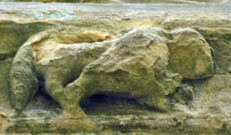 |
||||||
|
The hollis at Bloxham Church has many fascinating carvings - but you can only really appreciate them with the aid of binoculars or a telephoto lens. Right Top: A man plays some kind of stringed instrument next to another with two handbells. Right Centre: A monkey and a lion. Perhaps the monkey is carrying a bag of money? It was popular to characterise overly rapacious bishops in this way. Right Lower: A man playing a harp is flanked by two typical Decorated period ballflowers. Left Above: A trio of grotesque figures. On the right is a very obvious unicorn with somewhat savage teeth and a most unhorse-like head and body! Left is a dragon seemingly in full flight. He has a knot in his tail, detailed wings and a somewhat unthreatening face. Above: A fox (right) is running away with a goose in his mouth hotly pursued by a man with a cudgel and his wife with a distaff (a spool used in spinning wool or flax). |
|
The North Wall Frieze |
|
Bloxham and nearby Adderbury Churches were a bittersweet discovery for us. I had put considerable time and effort into researching wall friezes in Rutland and East Lincs, the region where I live, and was proud to think that the tradition here was the finest and perhaps unique. Please follow the link to the Demon Carvers and in particular to St John the Evangelist Church in Ryhall. The Northern Oxfordshire “School”, I have to confess, is more than its equal in quality, although perhaps covering not such a wide area. All mediaeval life is on the frieze at Bloxham. To keep things sane, I am showing only the best examples on this page. Please follow this link to see the rest. |
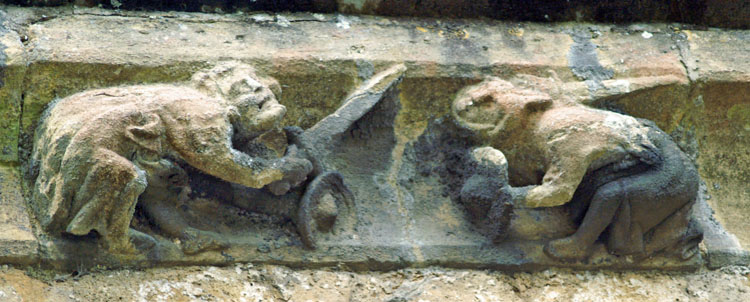 |
|||
 |
|||
|
|
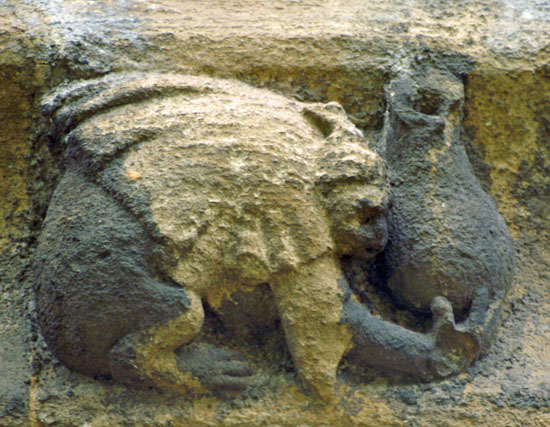 |
|||
 |
|||
|
|
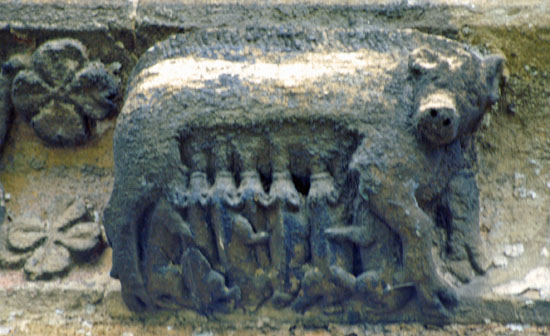 |
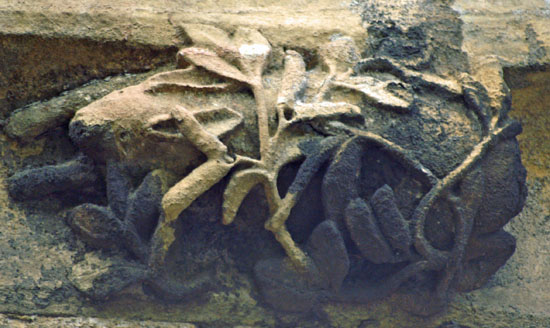 |
||
|
|
|
Gargoyles |
|||||||||
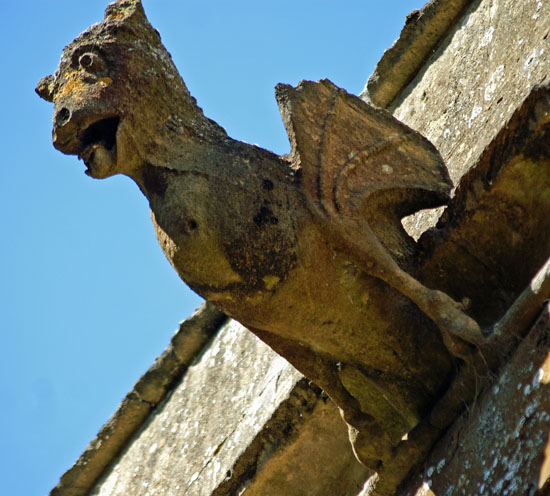 |
|||||||||
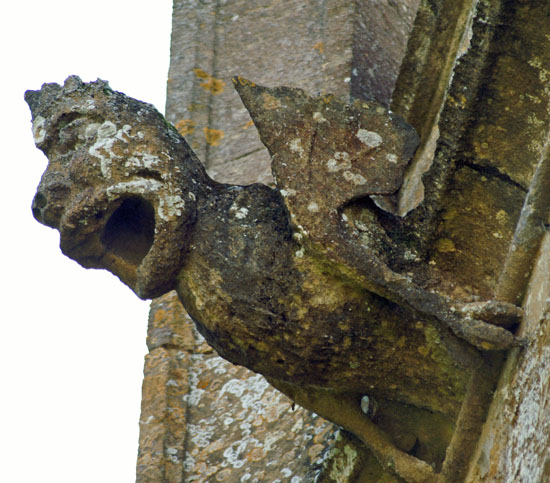 |
|||||||||
|
For a Discussion of the Northern Oxfordshire School of Carving, Click Here |
|||||||||
